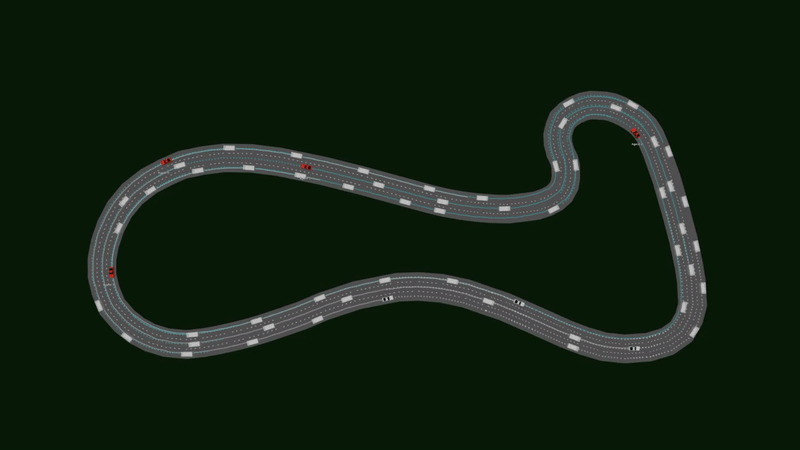Welcome to SMARTS
SMARTS (Scalable Multi-Agent Reinforcement Learning Training School) is a simulation platform for multi-agent reinforcement learning (RL) and research on autonomous driving. Its focus is on realistic and diverse interactions.
Check out the paper at SMARTS: Scalable Multi-Agent Reinforcement Learning Training School for Autonomous Driving .

Cite this work
If you use SMARTS in your research, please cite the paper. In BibTeX format:
@misc{SMARTS,
title={SMARTS: Scalable Multi-Agent Reinforcement Learning Training School for Autonomous Driving},
author={Ming Zhou and Jun Luo and Julian Villella and Yaodong Yang and David Rusu and Jiayu Miao and Weinan Zhang and Montgomery Alban and Iman Fadakar and Zheng Chen and Aurora Chongxi Huang and Ying Wen and Kimia Hassanzadeh and Daniel Graves and Dong Chen and Zhengbang Zhu and Nhat Nguyen and Mohamed Elsayed and Kun Shao and Sanjeevan Ahilan and Baokuan Zhang and Jiannan Wu and Zhengang Fu and Kasra Rezaee and Peyman Yadmellat and Mohsen Rohani and Nicolas Perez Nieves and Yihan Ni and Seyedershad Banijamali and Alexander Cowen Rivers and Zheng Tian and Daniel Palenicek and Haitham bou Ammar and Hongbo Zhang and Wulong Liu and Jianye Hao and Jun Wang},
url={https://arxiv.org/abs/2010.09776},
primaryClass={cs.MA},
booktitle={Proceedings of the 4th Conference on Robot Learning (CoRL)},
year={2020},
month={11}
}